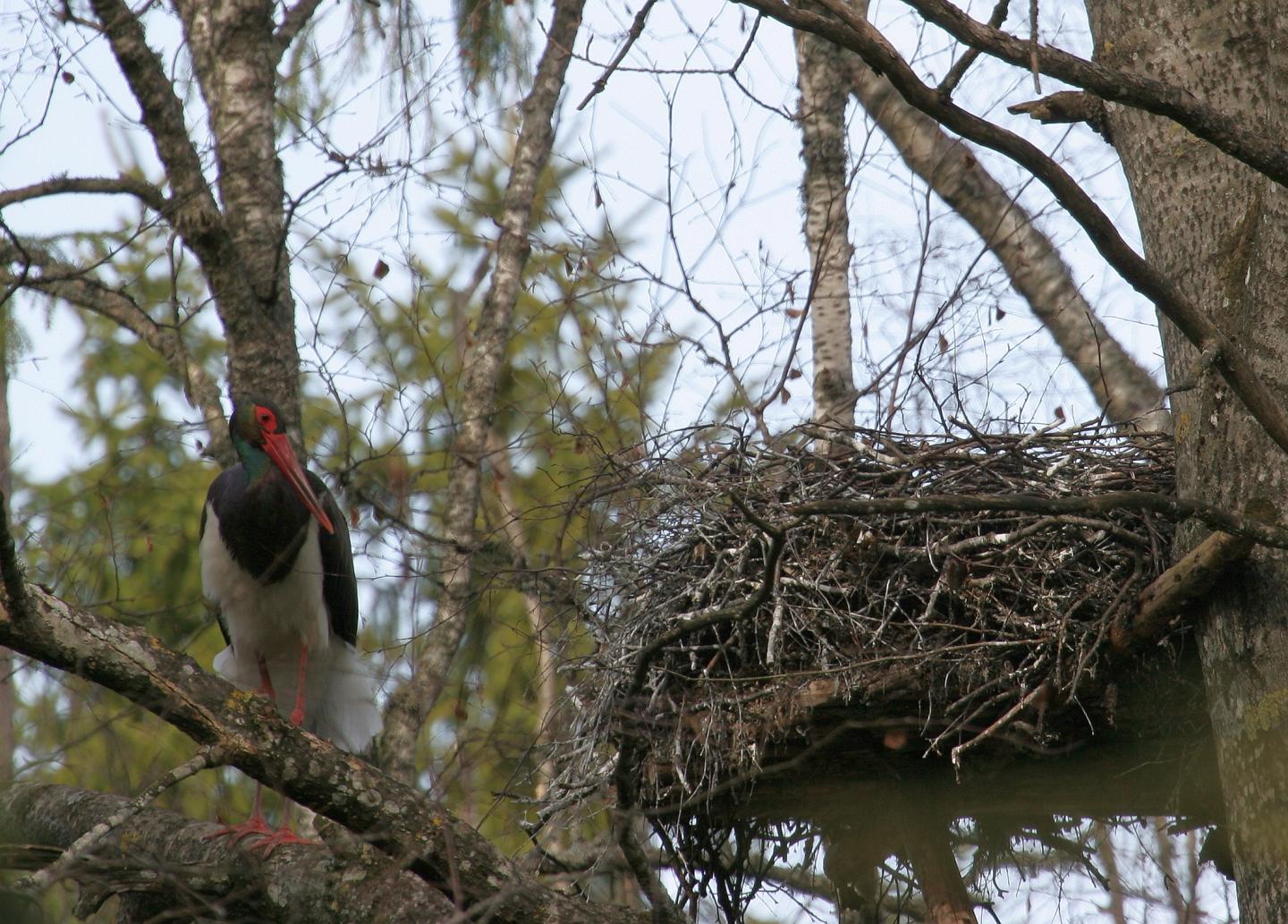
Credit: Ülo Väli
In Estonia, the rare Black Stork are living on the northernmost edge of their distribution range. In recent decades, the population of the species has significantly declined; however, no unequivocal reason to it has been found. At the same time, the breeding success of the Black Stork in Estonia is much lower than in the rest of Europe, including Latvia and Lithuania.
A recently completed research by Estonian University of Life Sciences, NGO Eagle Club and Estonian Environment Agency tried to find out the factors impacting the low breeding success of the Black Stork that has led to the decline of its Estonian population. In the course of six years, automated cameras were installed close to the nests of the Black Stork all over Estonia in order to record events in the nest. Each year, up to twenty cameras were installed and a total of nearly 450 000 photos were analysed.
At first, the effect of predation on the breeding success was analysed, as the European pine marten was previously considered the main predator. However, the impact of predatory animals proved very low. As a surprise, it came out that one third of the nests of the Black Stork in Estonia are inhabited by single birds who cannot breed due to lack of partner. Such single birds may leave their nests and annoy breeding couples. Thus, the Black Stork in Estonia lack partners who may have died on long migration routes or proceeded to breed elsewhere where living conditions are more favourable than here. On the one side, the results of the research help clarify the ecology of factors shaping the species’ range; on the other hand, they enable to pinpoint how to plan further steps for the protection of the species.
###
Media Contact
Ülo Väli
[email protected]
372-731-1883




